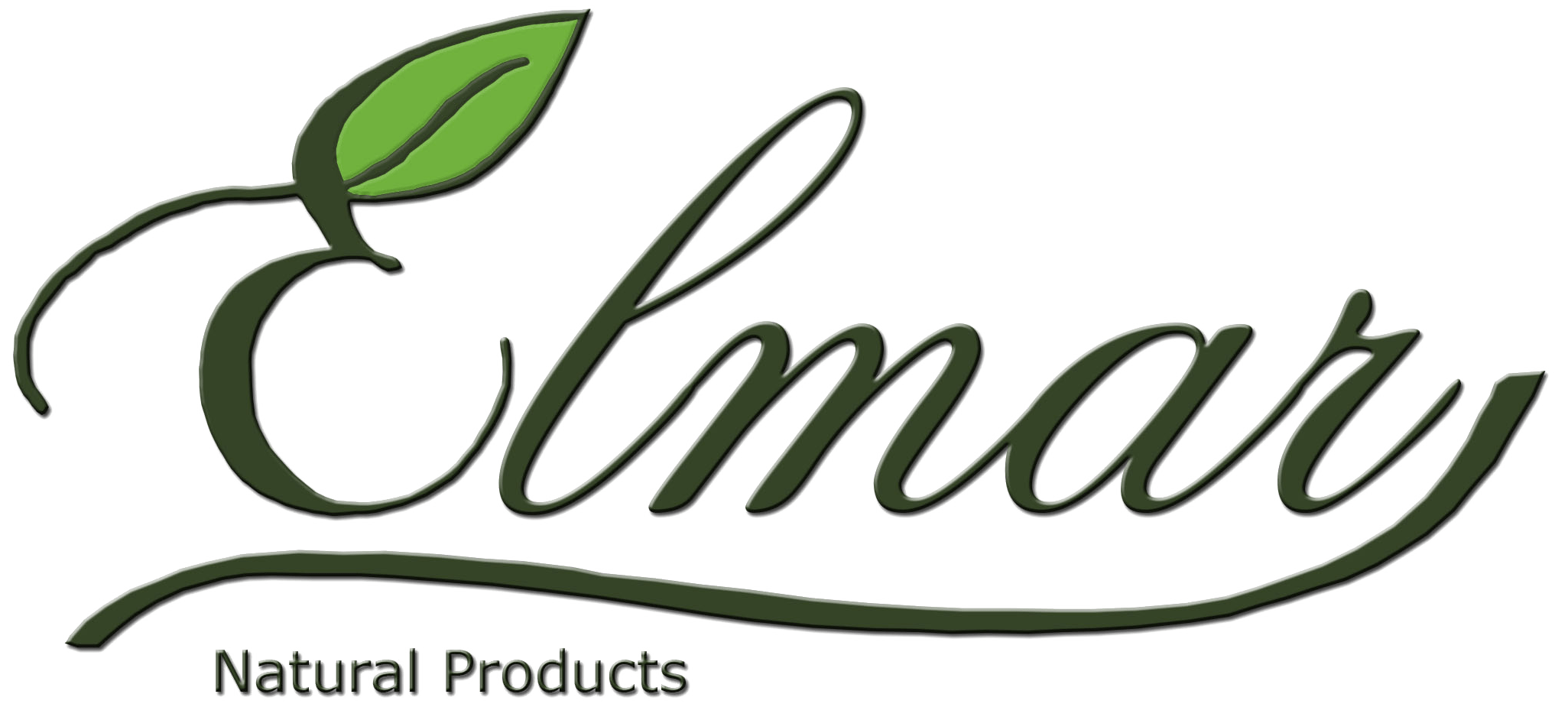Vietnam owns a woody, easy-to-care-for tree with high economic efficiency, cinnamon. According to statistics, Vietnam’s cinnamon-growing area is up to 180,000 hectares in the northern and north-central mountainous provinces.
The volume of Vietnam’s cinnamon bark is estimated at 900,000–1,200,000 tons. The average harvest is 70,000–80,000 tons per year. Vietnam is the No. 1 exporter of cinnamon in the world, with a turnover of over 292 million USD in 2022.
However, Vietnam also imports cinnamon from neighboring countries for export. According to the Vietnam Pepper Association (VPA), Vietnam’s cinnamon imports in July 2024 reached 245 tons with a turnover of 0.7 million USD, down 13.1% in volume compared to June. Indonesia and China are the two main suppliers of cinnamon to Vietnam, reaching 148 tons and 54 tons, respectively.

Vietnam grows more than 180,000 hectares of cinnamon, the world’s oldest spice.
In the first 7 months of the year, Vietnam imported 2,979 tons of cinnamon, for a turnover of more than 7.1 million USD. Imports from Indonesia reached 1,299 tons, and imports from China reached 1,242 tons. Over the same period, imports decreased by 75.2%.
Cinnamon cultivation is now a livelihood for hundreds of thousands of ethnic minority households in remote provinces, while contributing to the socio-economic development of many localities.
Cinnamon is the world’s oldest spice, first discovered in China. Currently, only a few countries can grow this type of tree, including China, Vietnam, Laos, Indonesia, Sri Lanka, and South America. Cinnamon has many uses, such as spices, flavorings, medicines, being used in dishes, raising livestock, poultry, or making fertilizers.
In 2023, Vietnam exported nearly 90,000 tons of cinnamon with a total export turnover of more than 260 million USD, up 14.6% in output but down 10.7% in value compared to 2022. Vietnam’s main export markets in 2023 were India, the US, and Bangladesh.
The world’s demand for spices remains high, not only in the food industry but also in the pharmaceutical, cosmetic, and functional food industries. There are dozens of Vietnamese companies investing in modern processing lines, producing ground cinnamon and powdered cinnamon products to meet the requirements of the market.
The Ministry of Industry and Trade said that not only does Vietnam own cinnamon, but on the world medicinal map, Vietnam is assessed to have a diverse source of medicinal herbs, and the ratio of rare and natural medicinal herbs is quite rich. According to statistics, there are currently over 5,100 species of medicinal plants, which has a lot of potential to develop medicinal materials into an economic industry.
In addition, with 16 FTAs that Vietnam is participating in and many new-generation free agreements such as EVFTA, CPTTP, and CREP, Vietnam has an advantage over some other countries in terms of tax. This is a favorable opportunity for Vietnamese cinnamon products to progress further and further in the international market.
